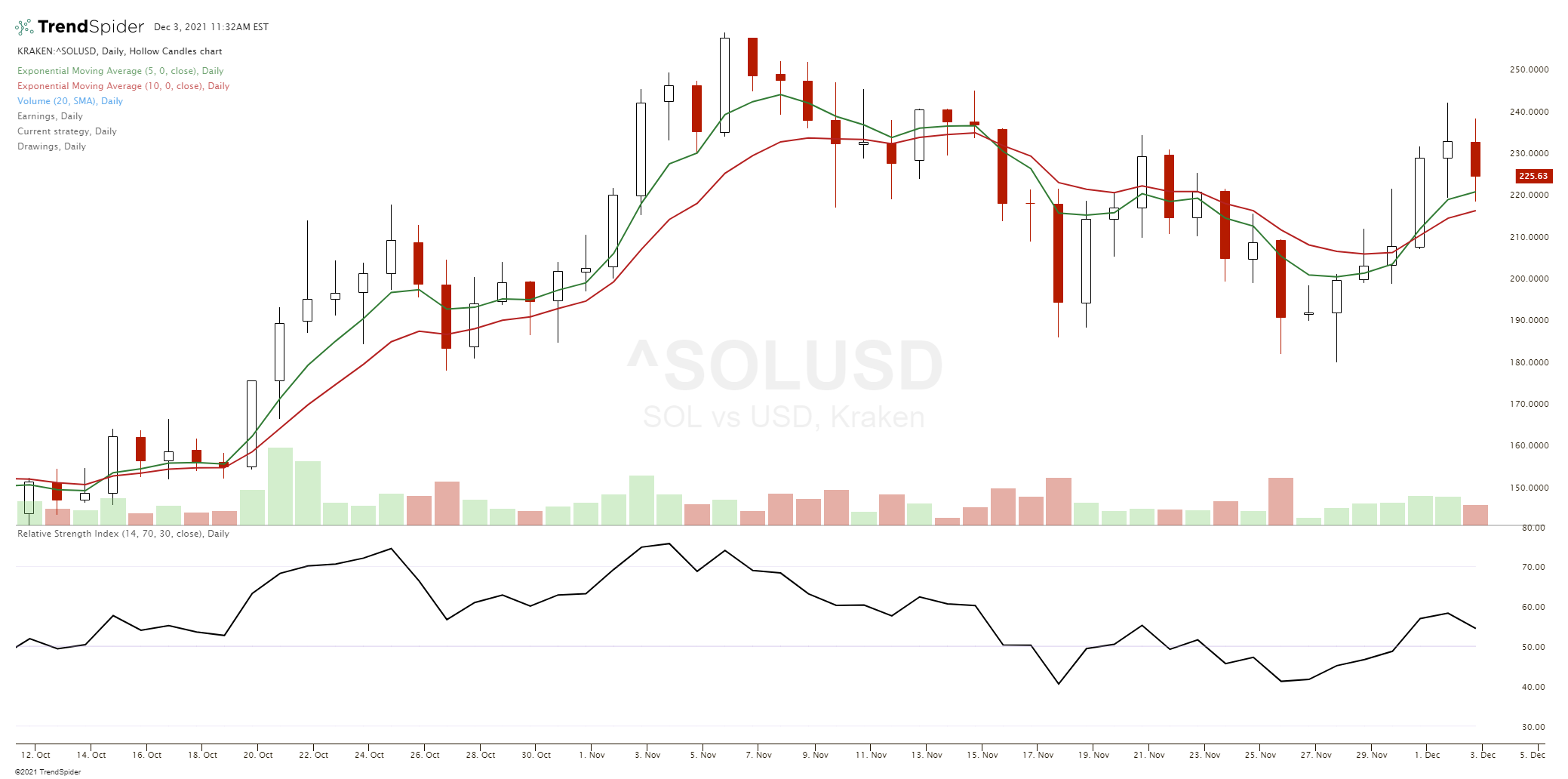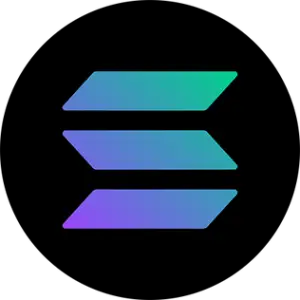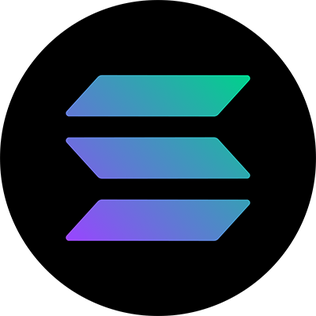Solana is a blockchain platform created and designed to host decentralized and scalable applications/smart contracts. Solana started with the publishing of a whitepaper in November 2017 by co-founder Anatoly Yakovenko describing the Proof of History (PoH) concept as a new way to verify blockchain transactions. PoH is a verifying order using the passage of time between events, and is used to encode trustless passage of time into a ledger to update blocks in it’s blockchain. Proof of history is a type of proof of stake but adds the variable of time. Proof of history is not a consensus mechanism but it integrates the use of time into the blockchain data with time stamps.
Solana is open-source and is currently run by the Solana Foundation based in Geneva. This blockchain was created by Solana Labs located in San Francisco. Solana is a fast platform for the number of transactions (blocks) it can process per second and at the same time has much lower costs per transaction than Ethereum. It has a better long-term user case for practical applications when these two variables are considered in contrast to other slower and more expensive blockchains like Bitcoin and Ethereum.[1]
Solana is suppose to have the ability to process a block in 400 milliseconds versus Ethereum’s 10 second block time or Bitcoins 10 seconds block processing speed. Solana is built to handle 710,000 transactions per second which will be more than Visa’s 23,666 transactions per second. Transactions are targeted to be 1/100th of a penny which is far cheaper than ETH gas fees. The Solana blockchain most resembles the Polygon Matic platform for speed and affordability functions.
Ethereum uses a virtual machine to run Solidity code while Solana uses the Rust programming language that is a low level language that requires more work to create things. Code from Ethereum type networks can not be copied and pasted into Solana as it is a different programming language.
Solana Labs said they are not bottled necked with ideas or software but by hardware and they stated “Every time Nvidia doubles the number of SIMD lanes available our network will double in computational capacity.”
SOL is the native token used on the Solana blockchain. Their initial coin offering (ICO) was 0.25 cents and it has risen to $224 at the time of this article. SOL started with 500 million tokens issued but increases with the proof of stake rewards. It has both inflationary and deflationary dynamics. It is deflationary as most of the collected transaction fees are burned currently but inflationary as staking pays 8% but this is also declining over time to 1.5% in ten years.
Solana is currently in the beta stage of testing and did go down in December 2020 so it is still working on a completed version. [2] Solana SOL is currently the 5th biggest cryptocurrency with an approximate $69 billion market cap with a 300 million supply of circulating tokens [3]

Chart Courtesy of TrendSpider.com

